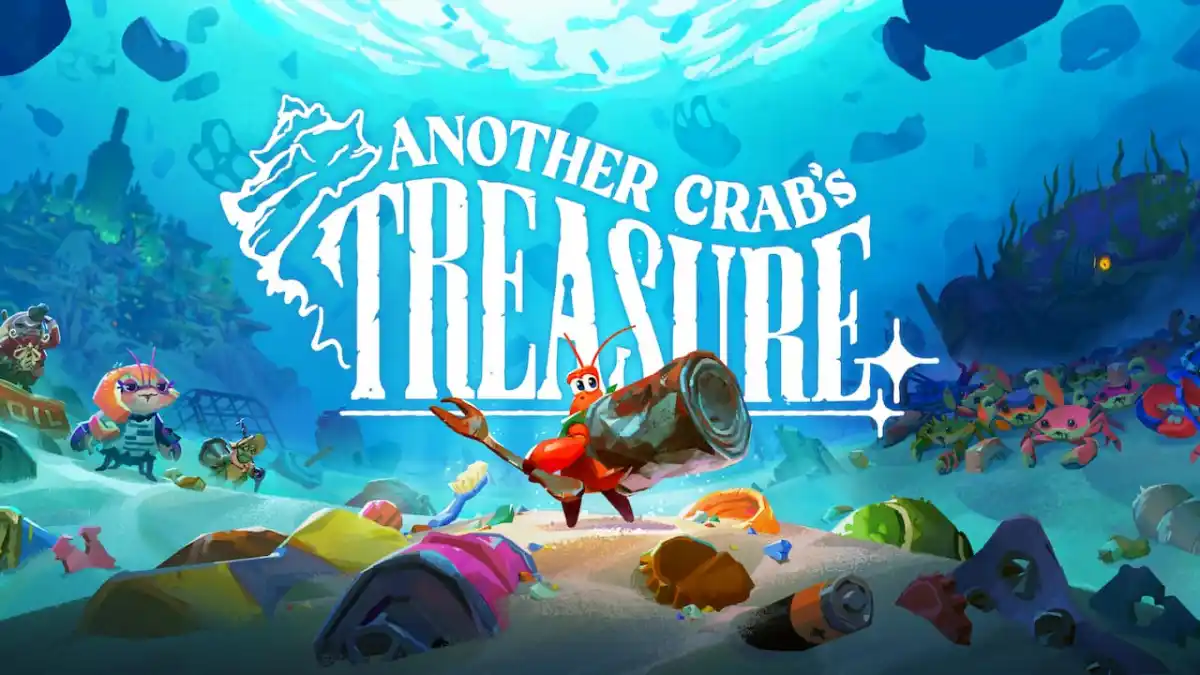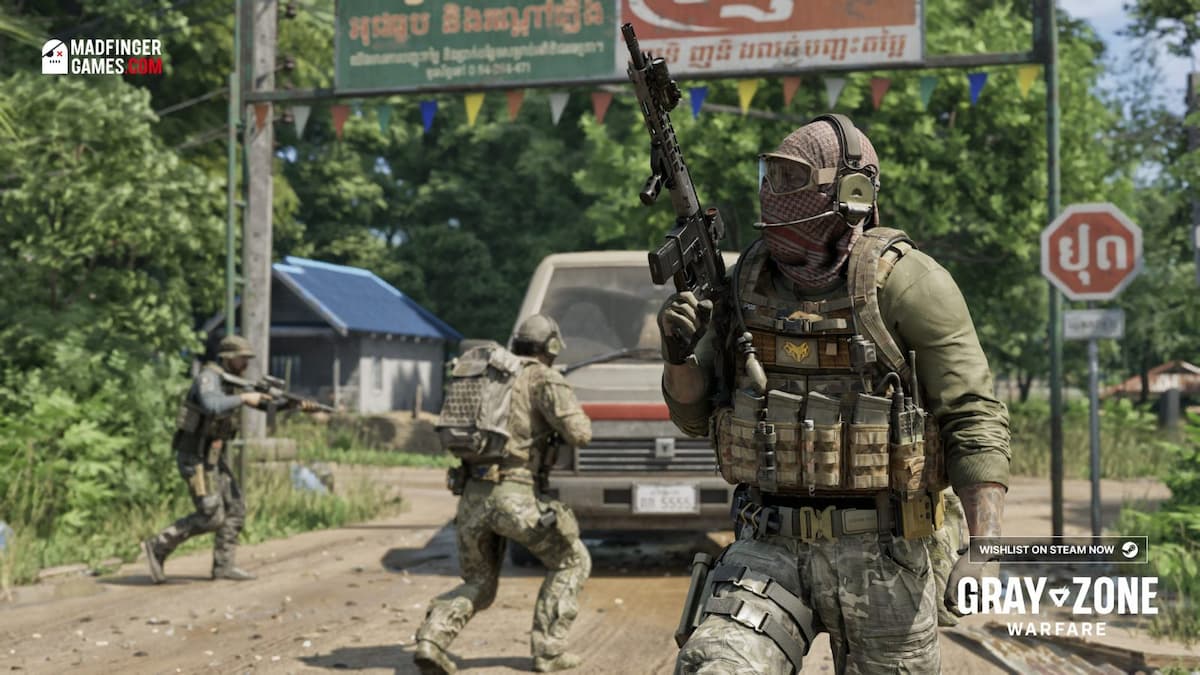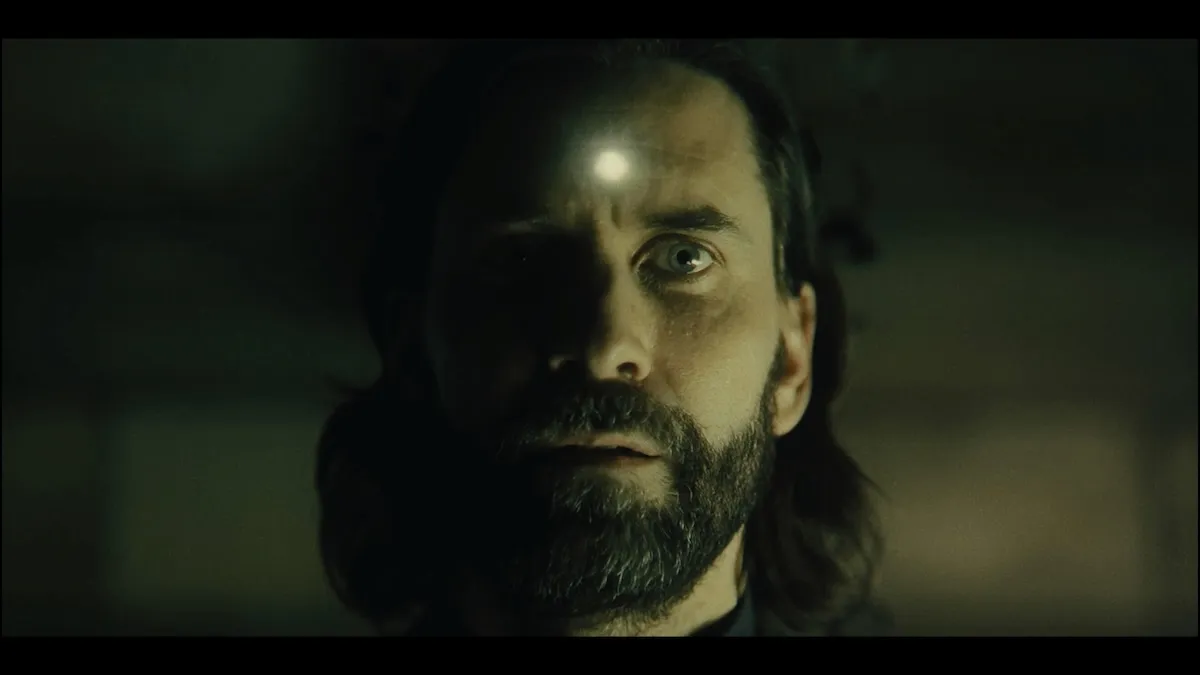
When Criterion dropped the Burnout Paradise demo on Xbox LIVE and PlayStation Network late last year, fans clamored for their first chance to try out the game’s open world. It wasn’t long before some were a bit disappointed, with whiners crawling out of the woodwork to complain about everything you could possibly think of.
Criterion’s Alex Ward was outspoken, reminding everyone that it was “just a demo,” and that they felt this was the best Burnout game yet. As he put it, “Burnout has always and will always be about evolution. We’re quite open about this, and we’ve said it many times and in many interviews so it shouldn’t be a surprise to anyone really.”
Were the naysayers right, or did this “evolution” and willingness to make drastic changes pay off? And is “The Crash Mode” really the “suXXors”? Hit the jump for the better-late-than-never Destructoid review of Burnout Paradise.
Burnout Paradise (PlayStation 3, Xbox 360)
Developed by Criterion Games
Published by Electronic Arts
Released on
If you’re looking for a typical arcade racer in Burnout Paradise you’ve found it. Virtually everything you’ve come to expect from previous games in the series is here – impossibly fast cars, cocaine-fueled automobile aggression, and the resulting mangled steel. The heart of Paradise remains the same as other racers; your goal is to go as fast as humanly possible from one point to another. But Criterion has stripped away the typical in-game menus and progression we’ve come so accustomed to; gone are the race selection screens, and the “win the gold to take it all” mentality of other games.
In this latest installment of the racer, Criterion presents Paradise City, an open, sprawling landscape that spans rural countryside to the more densely populated urbanized downtown. Paradise City is jaw-droppingly huge, with plenty of bridges, tunnels, and backroads to discover. Scattered around the city at various junctions are event points. When triggered, these will start races, stunt challenges, point-to-point car-specific “Burning Routes,” and more. In short, there certainly isn’t a lack of things to do and see in Paradise City.
Of course, all of this freedom comes with a bit of a price, and there’s no doubt that you’ll initially become overwhelmed. Don’t feel bad – I was, too. Beyond the game’s ever-so-slightly aggravating commentator DJ Atomica telling you to take your starter heap to the junkyard for some fixin’, you’re given little or no direction. Being accustomed to and conditioned for playing racing games that lay out event structures with text in an orderly fashion, the lack of menus left me cold and frightened. Where would I go? Where should I start? Who is my daddy, and what does he do?

Fact: Criterion Games wants me to go anywhere I’d like, start wherever I want, and my daddy? Well, he can do whatever he wants. There are no qualifying races or time trials to complete in order to advance through the game; every event is open from the start – all 120 of them. That’s not even taking into account the “Road Rules” challenges on every road in the game (where you beat a given time to “own” the road), and the can-be-activated anywhere “Showtime” crash mode (which I’ll get to a bit later). I’m not ashamed to say that it took me a while to wrap my head around the massive world of Paradise City.
Take race events for instance – unlike previous Burnout titles (and most other racers), these are not closed circuit races. You’re given a starting point and shown an end-point on the game’s map; it’s now up to you to figure out the fastest route. Due to the sheer size of Paradise City, this isn’t a simple task, and you might find yourself going in the opposite direction of your goal if you make a wrong turn. Having to bring up the game’s map to check your position while screeching down the wrong side of the street at breakneck speeds can really break up the game’s fast pace.
The game does offer assistance, however, in the form of an always-visible mini-map and on-screen route suggestions. When driving, the name of the street you are currently on will appear at the top of the screen; as you approach intersections, the names of the cross streets will appear. During races, the suggested route will flash on top of the screen as you blaze towards these junctions, with a quiet tone indicating an oncoming turn.
The subtlety of this is a double edged sword – on one hand, it’s nice that this navigation isn’t too intrusive; the game is offering a suggestion (which is not always necessarily the fastest route), but it’s not really making any obvious, in-your-face demands. On the flipside, the subtlety of the navigation is nerve wracking, particularly when you’re quickly approaching turns at speeds upwards of 300 miles-per-hour. I can’t even begin to explain the aggravation caused by accidentally slamming into traffic (or even a wall) as I tried to keep my eye on the mini-map, the suggested navigation, and the road … all at the same time.

Bringing up the game’s map will also pin-point all of the events for you, as well as show you where all of the game’s gas stations (for an instant boost), junkyards (where you can select new cars), and repair shops are. Unfortunately, there’s no way to set waypoints on the map, so – unlike the suggested navigation in races – finding these areas is completely up to you. This can become frustrating when wanting to participate in a specific event, or if you want to swap vehicles. Many of the races, for instance, will bring you to a remote part of the map, with no events for miles. The lack of ability to set destinations is puzzling and, quite frankly, frustrating. It’s times like these when you might find yourself cursing Burnout Paradise’s menu-less, open-world.
But truly, if you’re playing Burnout Paradise simply to hop from event to event, you’re playing it “wrong.” Simply driving around Paradise City, smashing through gates and billboards to “collect ‘em all” is a joy in itself. Much like Real Time World’s open-world Crackdown (with its open sandbox world, and addictive and near-mindless orb collection), leisurely play is just as rewarding as completing events. And it was once I realized this that Burnout Paradise truly started to shine for me. The game doesn’t hold your hand, or force you down a specific path; it allows you to play at your own pace, and this independence is absolutely exhilarating.
With this new freedom, Criterion has also chosen to give up the series’ structured crash mode. A signature of earlier Burnout titles, the puzzle-like crash modes always fell into the satisfying middle ground of skill and luck, with its mixture of pre-determined crash junctions and sometimes unpredictable AI traffic. Paradise no longer features these more linear crash modes, instead replacing it with the far less satisfying “Showtime” mode. This mode can be started at any time, and once activated, the game turns into a Katamari Damacy-like affair, where you’ll direct a tumbling car into oncoming traffic. As you cause more damage, you’ll acquire more “boost,” which will allow you to “nudge” your car further, in the hopes that you’ll cause even more devastation along the way.

The problem here is that there doesn’t seem to be much skill required to rack up points. And since the only real damage is caused by your car slamming into others, the accidents are generally dull. Once “Showtime” is activated, you simply roll your car over and into more traffic. With enough luck, this can go on infinitely, from one end of the city to another. Crashing into the random bus will give you a score multiplier, and the ability to keep your eyes peeled for (and to nudge into) them may be the only true skill required here. In spite of the onscreen devastation, “Showtime” is a somewhat cathartic, almost mindless effort. Ultimately, it’s somewhat disappointing, considering the strength and depth of previous crash modes.
Burnout Paradise also features seamless online integration with “Freeburn Online.” Hopping in and out of games has truly never been easier, whether you’re playing Paradise on the PlayStation 3 or Xbox 360 – simply tap right on the D-pad to bring up an unobtrusive menu, and hop online. There isn’t a single loading screen, and before you know it, friends and strangers are racing by you or crashing directly into your car. The online world is identical to what you experience offline, with the same open structure you’ve already become accustomed to. You’re free to do as you please, which can be anything from beating another player’s jump distance record or simply exploring the city at your own leisure. Hosts can also initiate more structured races, and are given the ability to set their own route or choose pre-determined routes.
The game’s host can also initiate multiplayer “Freeburn Challenges,” which have up to eight players working towards a specific goal. The challenges require cooperation, communication, and teamwork. If you’ve ever played a game online, you know that this isn’t necessarily the Internet’s strong suit, and can sometimes become an issue if working with unknown players. Particularly on the PS3, there was a lack of players with Bluetooth headsets, so telling a certain player to “Stop f**king around and work on the challenge,” posed a bit of a challenge in itself.

Truly, falling in love with Burnout Paradise does take a bit of time. For most, it’s not the kind of game you’re going to hop into and fall head over heels for after fifteen minutes of play. Hell, after a few hours of gaming you may still be on the fence. But once it hits, it hits hard, and you’ll find yourself trawling Paradise City for hours after you’ve said “Just one more event.” Old-school Burnout fans in particular may have a hard time coming to terms with the changes Criterion has made. For you folks, I say enjoy Paradise for what it is – you can play last-gen’s Burnout 3: Takedown on both the PlayStation 3 and Xbox 360, if that’s what you’re looking for.
But just like that, Criterion has really changed the way you’ll look at the structure of racing games. While other racers have tried open worlds (Test Drive Unlimited, for instance), there have been none that have offered the same sense of freedom, ease of use, and level of polish. Criterion has finally taken off your training wheels, and after playing Burnout Paradise, there’s little doubt that you’ll never want them back on.
Score: 8.5

[Note: While I initially spent the bulk of my time playing Burnout Paradise on the PlayStation 3, my desire for achievements led me to pick up an Xbox 360 controller before long. Visually, the PS3 version looks a bit cleaner, but Paradise still looks great on the 360, and the differences are really negligible.
Because one of the joys of Paradise is exploration and discovery, there are many things that are tied to in-game “achievements” which can be earned in both versions. There is something rewarding about knowing that the achievements are going towards an already established score, and for that reason alone I’d say the 360 version has a slight advantage.
With both games, you’re getting the same gameplay experience, and you can’t go wrong either way.]



